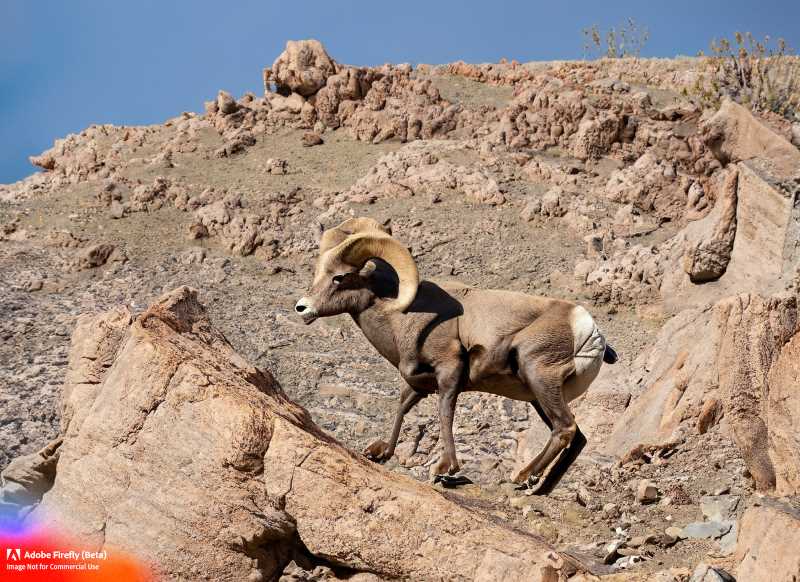Why Mexico's Arid Regions are a Hidden Wildlife Hotspot
Explore the surprising abundance of wildlife in Mexico's arid and semi-arid regions. From bighorn sheep to Gila monsters and unique bird species, discover how these animals have adapted to survive in harsh desert environments.





